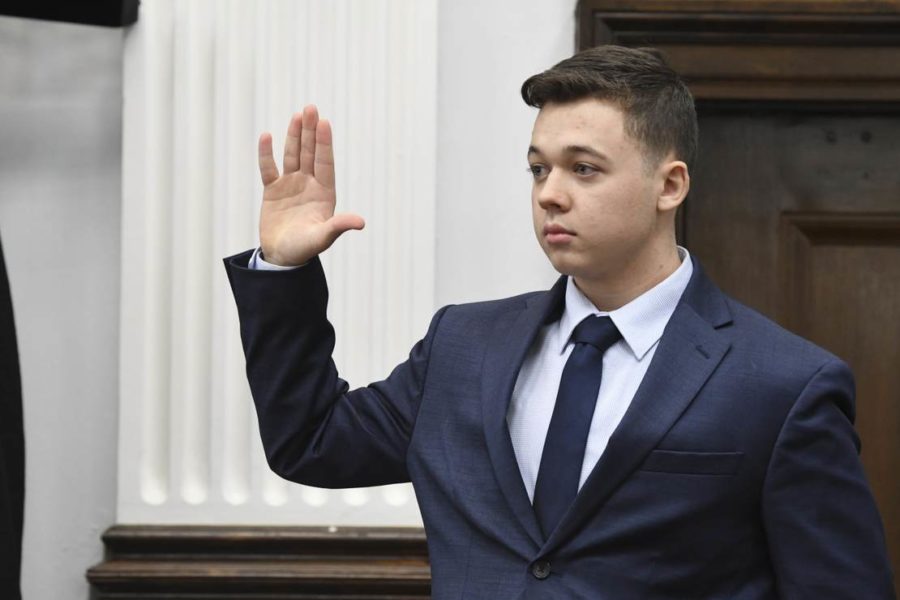Analyzing the Kyle Rittenhouse Trial
One of the most politically charged and poignant trials of the past several decades began last week. Kyle Rittenhouse, “the Kenosha Kid,” who shot several rioters, was charged for several counts of homicide and use of a dangerous weapon. The charge of possession of a dangerous weapon by a person under 18 was dropped.
For those who are unaware of the situation, Kyle Rittenhouse, a 17-year-old boy at the time of the incident, shot three people and killed two during the BLM protests in Kenosha, Wis. The one survivor, Gage Groskreutz, was asked if Rittenhouse only pointed his weapon at him only after he had pointed his weapon at Rittenhouse. He answered “correct” which caused the prosecutors to bury their heads in their hands. The defense’s argument of Rittenhouse acting in respect to self-defense appeared more evident.
The chaos of the riots drove many people to question why Rittenhouse would be in the streets during such calamity. Others also asked why he would cross state lines and look for trouble. Rittenhouse claims that he was among the mayhem to help protect his community. His claim is supported by the fact that he was seen throughout the day cleaning graffiti, helping an elderly woman who sprained her ankle and carrying a fire extinguisher to put out fires. He lived in Antioch, Ill. at the time but drove approximately 30 minutes across the state line to Wisconsin where his father lived. This fact is the reason why he considered Kenosha his community.
Update as of Nov. 19: Kyle Rittenhouse was found not guilty on all charges he faced.
Update as of Nov. 29: No severe riots occurred as a result of the verdict the jury reached. President Joe Biden came out in support of the verdict even after condemning Kyle Rittenhouse in the early stages of the trial. Biden explained that the jury system works and that the ruling should be accepted.

Hey y’all! My name is Brodie Mizer, and I am a senior this year. This is my first year in the journalism department. I joined journalism because...


